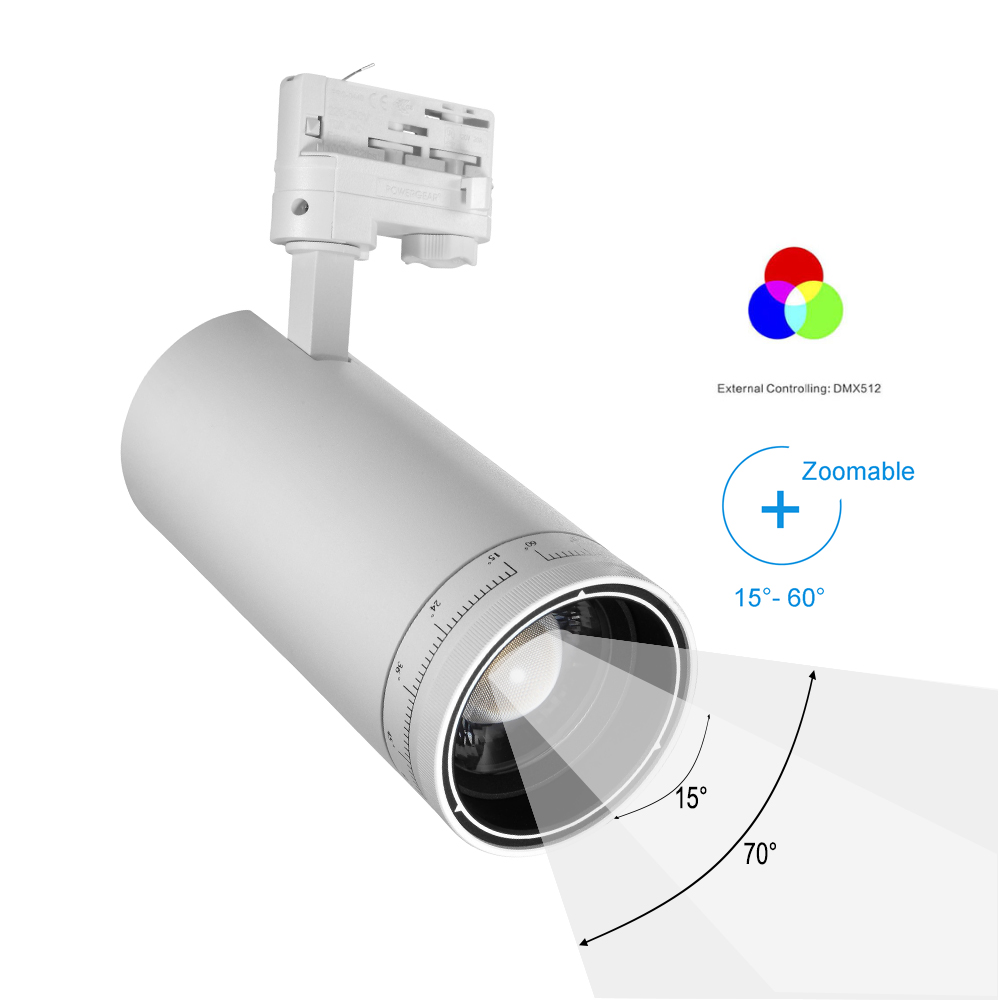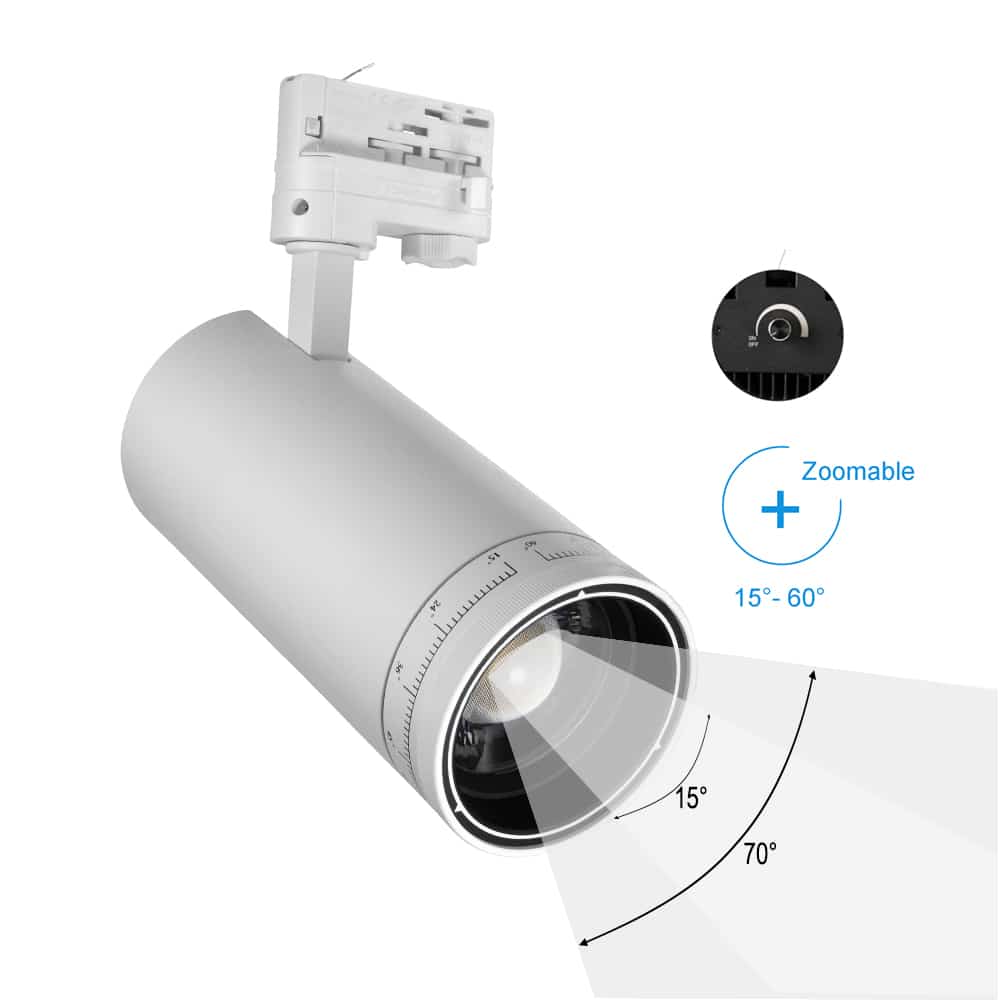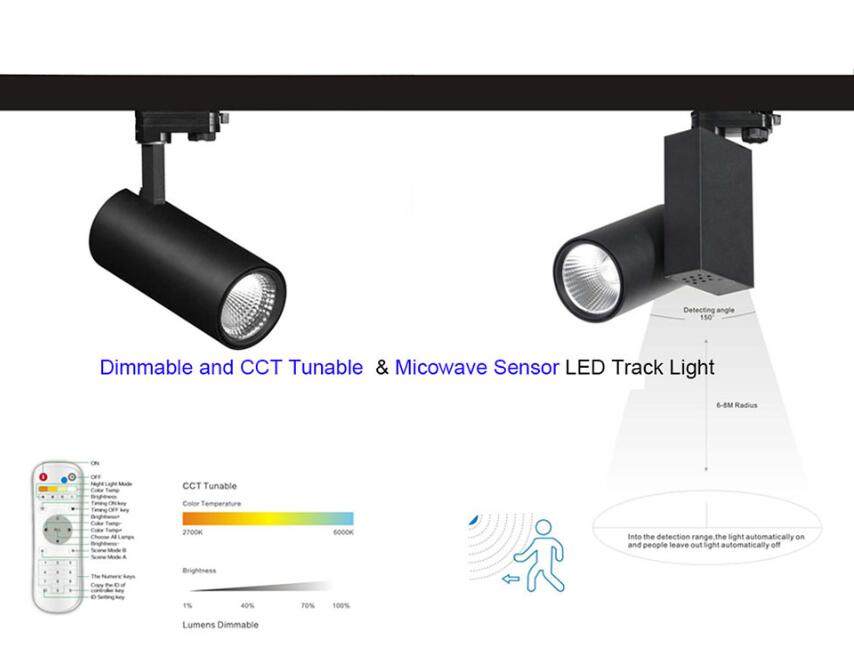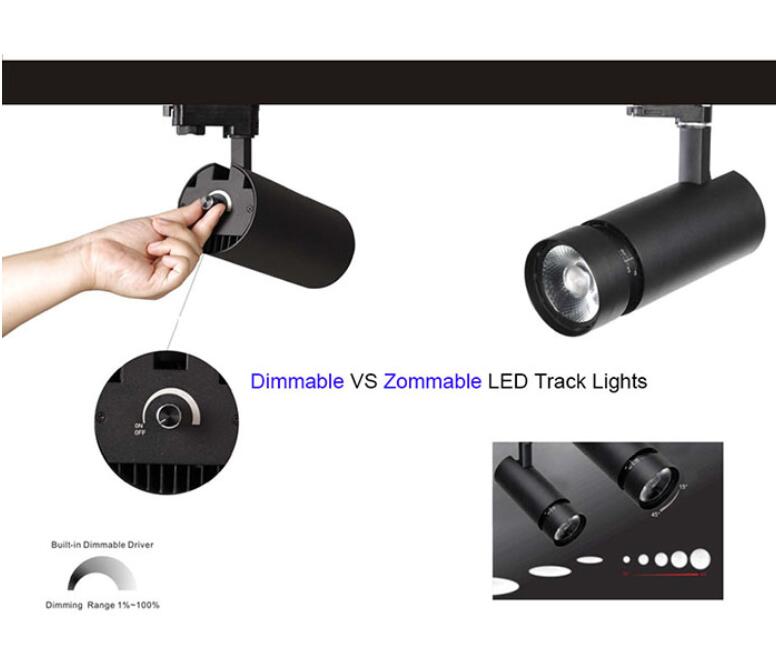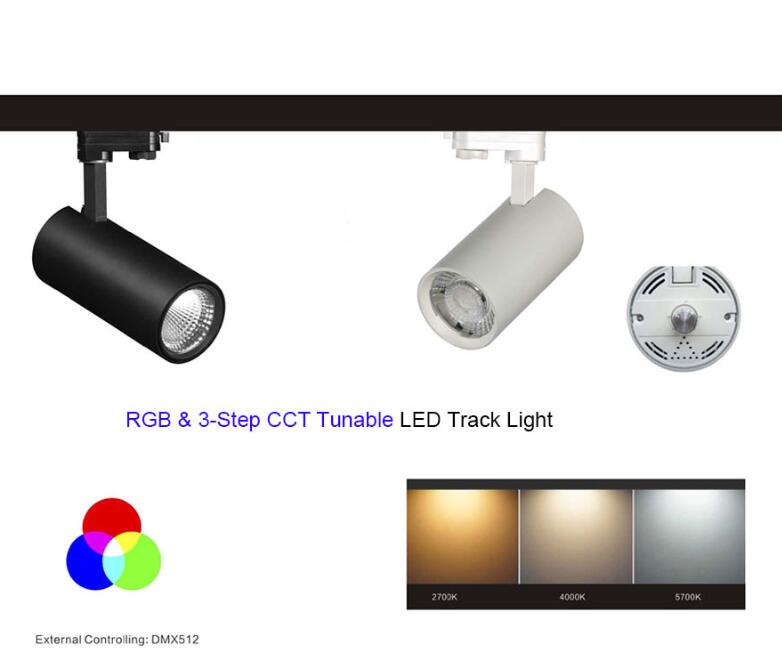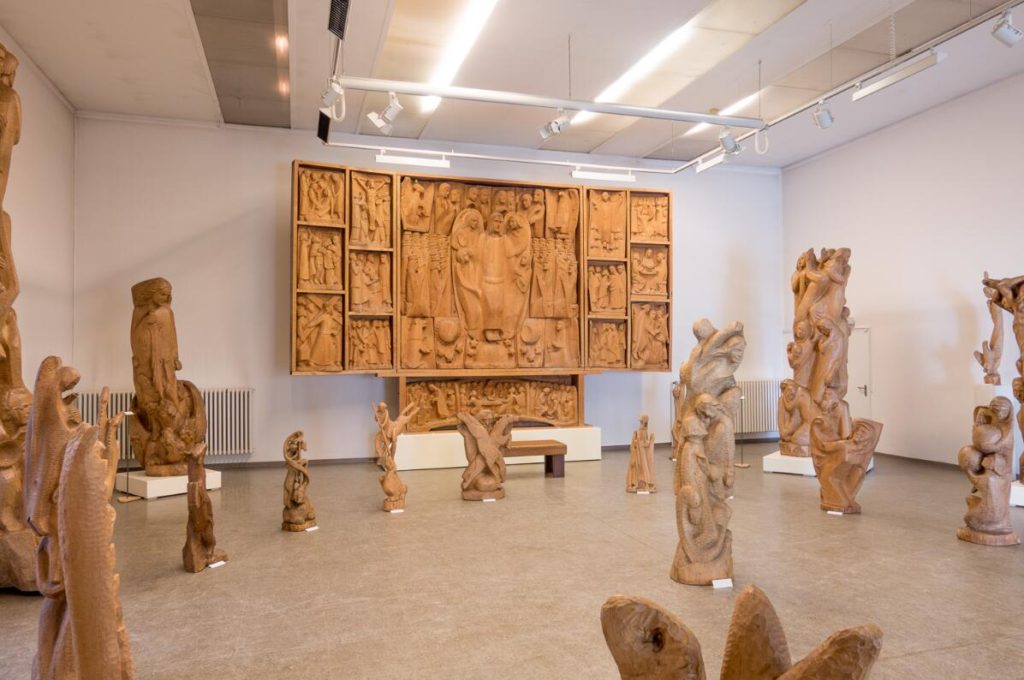
Of all the lighting design scenarios, exhibition venues such as museum lighting design is undoubtedly the most complex. Because such places have strict requirements for lighting. It is mainly reflected in two aspects:
Light source:
The exhibits of the museum are priceless, non-renewable historical heritage. But the light carries energy, which will inevitably cause irreversible damage to the exhibits. Because this requirement cannot be met, many fixtures cannot be an option for museum lighting
Experience:
Of course, This does not mean that all lamps with less damage to the exhibits can be installed at will. To illuminate the gallery space, museum lighting designers must consider all aspects and make the right choices.
To protect exhibits, museum spaces are usually low in brightness, which requires designers to carefully consider the relationship between space, light and people.
Museum lighting requires designers to choose the right luminaire and install it properly. Good designers can always properly construct a space with obvious contrast between light and dark. They will hide the light from the fixture itself. A glare-free environment allows people to focus on the exhibits.
Above is a free exhibition space to the right of the entrance of the National Museum of Singapore. As can be seen from these pictures of the interior space, the museum’s lighting still has room for improvement.
7 Things museum lighting designer should think about:
1 Light and dark contrast
First of all, in a bright and dark environment, the ceiling spotlight cannot emphasize the functional role of the exhibition information, and it will seriously interfere with the audience’s attention and prevent them from focusing on the work.
High-quality exhibition lighting design should be discreet, coherent and unobtrusive. This does not interfere with the communication between the visitor and the artwork.
For example, the Hoki Museum in the picture below. The lighting design enhances the contrast of brightness through accent lighting, weakening the spatial presence of ceilings and the ground. Visitors can pay more attention to these works.
Generally, the light-dark ratio of the museum space is best controlled between 1: 3 and 1: 5. In this way, we will improve the visual experience of the exhibition more effectively .
The light and dark contrast design plays an important role in the museum lighting design. By carefully dividing bright areas and dim areas, the museum has created a silent guide. She guides the audience to appreciate the exhibits and makes them more focused on the works when watching the exhibition.
2 Effects of natural light
The museum lighting design needs to protect the exhibits from light radiation and show its authenticity and artistry.
This is why current museums usually use less natural light for lighting. Because natural light carries more energy and is likely to cause irreversible damage to the exhibits.
Of course, everything is absolute, and the reasonable use of natural lighting can also make people glow, such as:
Monet’s masterpiece “Water Lily” in the circular exhibition hall of the Orangery Museum in Paris. There is no light here. The sky light from the top of the building was manually adjusted and sprinkled on the painting. This is done to allow the audience to fully appreciate Monet’s paintings.
3 Glare
Glare. Wrong lights and improper mounting positions can cause glare in museum gallery lighting. This will bring a very bad experience to the audience and affect the effect of the exhibits.
The image below shows the showroom of the Singapore Science and Technology Museum. Museum lighting designer adjusts installation height and installation position of lamps. Even if you are at different locations in the showroom, it is difficult to feel the glare.
4 Installation location of the museum lighting fixtures
Without adjusting the light projection direction of the lamp and the position between the workpiece, the shadow of a person will be projected on the exhibit in front of the display panel. Therefore, in the lighting design of the exhibition hall, it is necessary to adjust the positions of the light source and the illuminated object to avoid damaging the viewing experience of the audience.
5 Lighting direction
The lighting design should be as close as possible to the original light and shadow environment of the work. The following picture is a group of architectural works in the exhibition hall.
It can be seen from the figure that the lighting of the architectural works and the main lighting of the exhibition hall come from different directions, which has a negative impact on the experience of the audience.
This is because lighting designers do not arrange lamps according to the characteristics of the work itself.
Next, let ’s take a look at an excellent case of the Hoki Museum. The light direction of the display lamp is basically the same as that of the work.
This can enhance the viewing experience of the viewer. This design integrates the lighting of the exhibition hall with the lighting in the paintings, and the audience can also be immersed in it.
6 Material of the display board
The material of the display board is also a key factor in the lighting design process. The material with smooth surface texture will cause glare.And it will seriously affect the transmission of exhibition information. In this exhibition, Also encountered such cases. (As shown below)
In order to avoid reflection glare, the light on the display panel needs to be spread gently. Therefore, museum lighting usually chooses a rough display panel for lighting. This can not only effectively convey information, but also avoid glare on the display panel.
7 Direction of light position
In the exhibition hall, try to prevent the light source from directly pointing at the eyes of the audience. In this exhibition, I also encountered a case (shown below), which did not deal with the relationship between lights, audiences and exhibits at all. The position, direction, and angle of the lamps were not repeatedly considered and studied.
8 Museum lighting fixtures
You can always find many kinds LED lighting fixtures for lighting,But these options are not necessarily suitable for museum lighting.
LED Track Lighting is the most popular option for museum lighting design. And DREMI-LED has provide many choices :
art gallery museum lighting desiner best choice zoomable dimmable led track lighting for museum art gallery lighting design art gallery museum lighting design manufacturer factory
More questions? WhatsApp Us to consult our professional designers.

